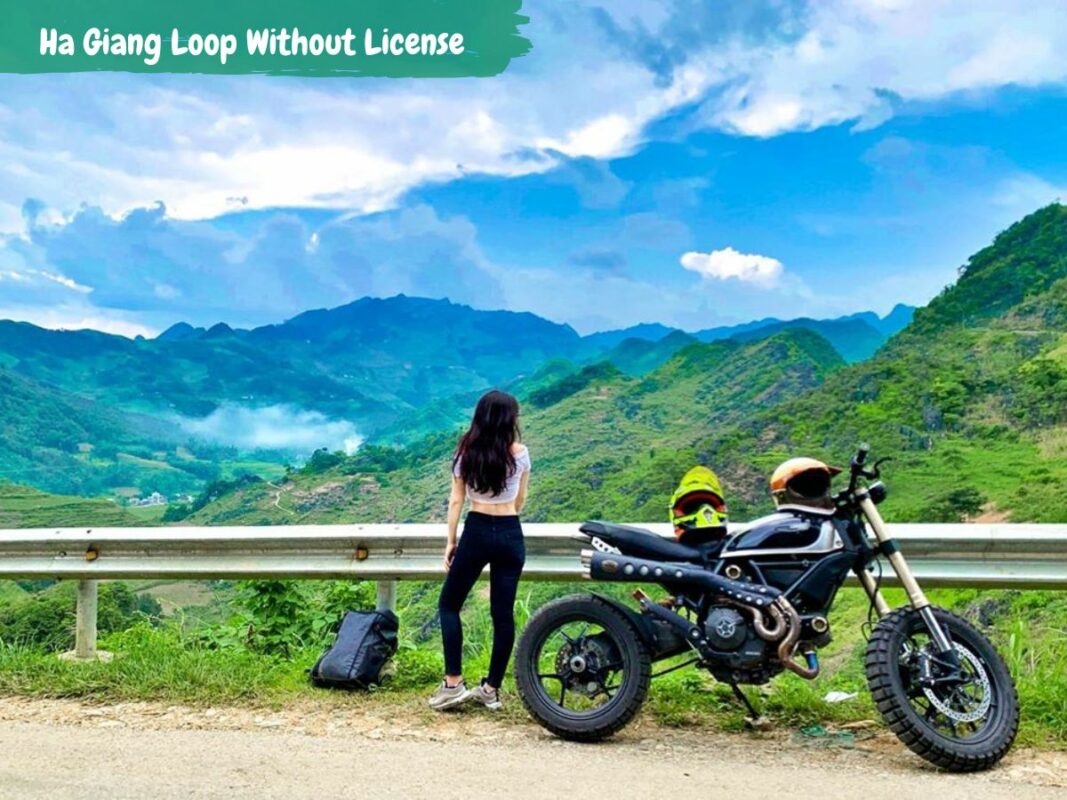Ha Giang Loop, Travel Guide
Ha Giang Loop Without License: What You Need To Know?
Exploring the Ha Giang Loop without license is a topic many travelers wonder about. This breathtaking route in northern Vietnam is famous for its stunning landscapes and thrilling roads. However, without a valid driving license, navigating the loop can be legally and safely challenging. In this post, we’ll discuss the implications, risks, and alternative ways to experience the Loop without a license
Key Takeaways
- The Ha Giang Loop is a scenic and adventurous motorbike route in northern Vietnam, known for its stunning landscapes and rich cultural experiences.
- Renting a motorbike is the most popular way to explore the Ha Giang Loop, with options to hire from local shops or through guided tours.
- Must-see attractions along the Ha Giang Loop include the Ma Pi Leng Pass, Dong Van Karst Plateau Geopark, and various ethnic minority villages.
- Experiencing local culture and cuisine in the Ha Giang Loop involves homestays with ethnic minority families, trying traditional dishes, and participating in local festivals or markets.
- Tips for a safe and enjoyable adventure in the Ha Giang Loop include wearing appropriate gear, being mindful of road conditions, and respecting local customs and traditions.
- Responsible travel in the Ha Giang Loop involves supporting local businesses, minimizing environmental impact, and engaging with the community in a respectful manner.
Getting around Ha Giang Loop
The Ha Giang Loop is a breathtaking and adventurous motorbike journey through the remote and mountainous region of Ha Giang in northern Vietnam. This 300-kilometer loop offers travelers the opportunity to explore some of the most stunning landscapes in the country, including towering limestone peaks, lush rice terraces, and picturesque valleys. The route takes riders through small villages and past traditional hill tribe communities, providing a unique glimpse into the local way of life. The Ha Giang Loop is not only a thrilling adventure for motorbike enthusiasts, but also a chance to immerse oneself in the natural beauty and rich culture of this lesser-known region of Vietnam.
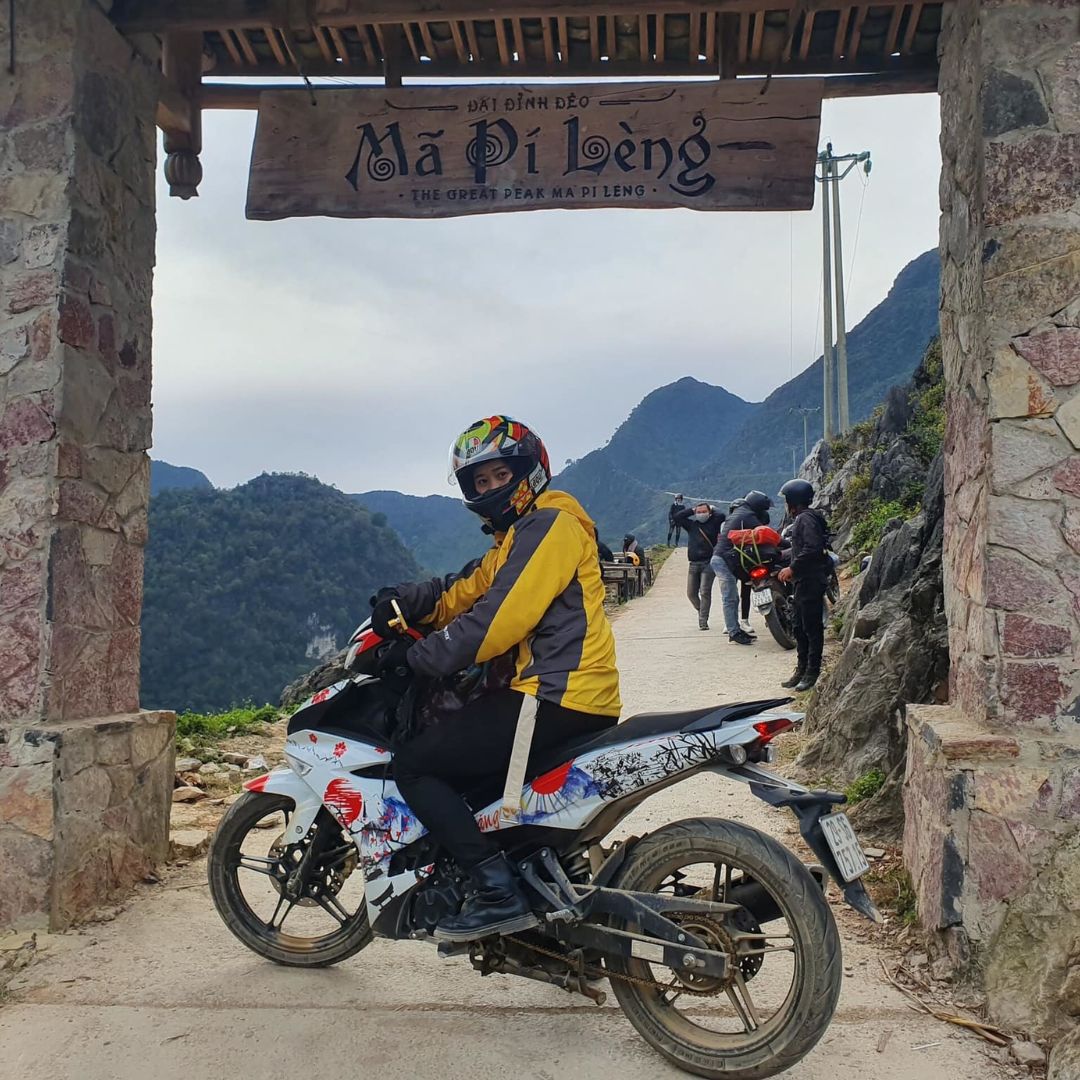
According to Vietnamese law, a valid motorbike license is required to ride any motorbike over 50cc. Foreign travelers typically need an International Driving Permit (IDP) with a motorcycle endorsement, along with their home country’s motorbike license.
The most popular way to explore the Ha Giang Loop is by renting a motorbike in the town of Ha Giang or nearby cities such as Hanoi. There are several rental shops in Ha Giang where travelers can choose from a variety of motorbikes, ranging from small scooters to more powerful off-road bikes. It’s important to select a reliable and well-maintained bike, as the roads along the loop can be rough and challenging, especially during the rainy season. Additionally, it’s advisable to have some experience riding a motorbike, as the mountainous terrain and unpredictable weather can make for a demanding journey.
For those who are not comfortable riding a motorbike, there are also options to hire a local guide or join a guided tour that includes transportation and support vehicles. This can be a safer and more convenient way to experience the loop, especially for those who are less experienced riders or traveling with family. Regardless of how travelers choose to navigate the loop, it’s essential to be prepared with proper safety gear, including helmets, protective clothing, and first-aid supplies. Additionally, it’s important to have a good understanding of the route and potential challenges before setting out on the journey.
Ha Giang Loop Without License: What You Need to Know
The Ha Giang Loop, renowned for its stunning vistas and thrilling roads, attracts adventure seekers from around the world. However, one common concern among travelers is whether they can legally and safely navigate the loop without a driving license.
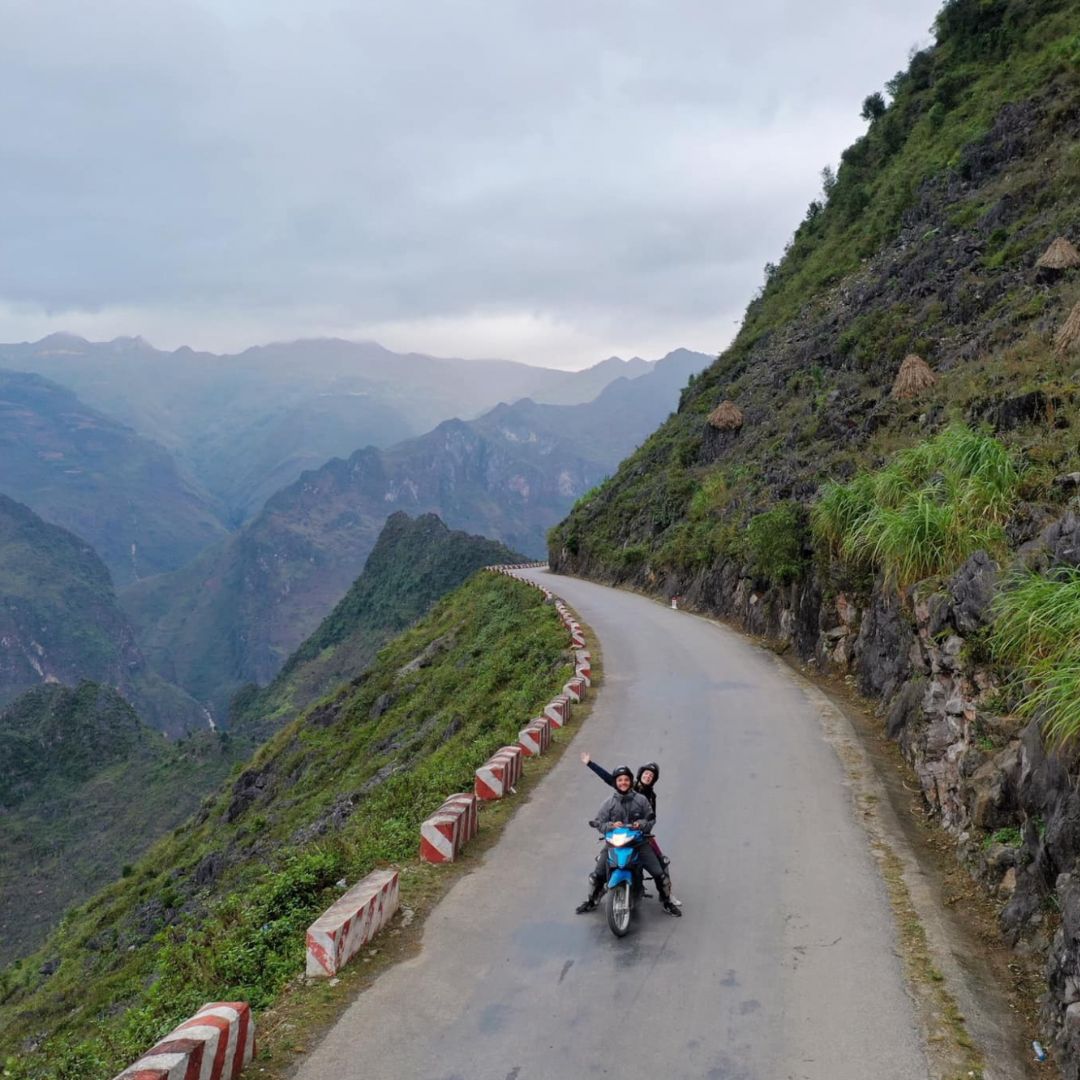
Driving without a valid license in Vietnam is illegal and can lead to serious consequences. Foreign tourists need an International Driving Permit (IDP) along with their home country’s license to legally drive in Vietnam. Here are some key points to consider:
- Fines and Penalties: If caught driving without a valid license, you can face hefty fines and your vehicle may be impounded. The fines can range from 600,000 VND to 1,200,000 VND (approximately $25-$50 USD).
- Insurance Issues: Most travel insurance policies require you to have a valid license and an IDP to cover any accidents. Without proper documentation, you may be liable for all costs associated with an accident, including medical expenses and vehicle repairs.
- Legal Liability: In the event of an accident, driving without a license can make you legally responsible for damages and injuries, complicating any legal proceedings.
Must-see attractions along the Ha Giang Loop
The Ha Giang Loop is dotted with stunning natural attractions and cultural landmarks that make it a truly unforgettable experience. One of the highlights along the route is the Quan Ba Twin Mountain, also known as “Fairy Bosom.” This iconic landscape features two limestone peaks that resemble the breasts of a woman, surrounded by lush greenery and terraced fields. The viewpoint overlooking the twin mountains offers a breathtaking panorama of the surrounding countryside, making it a must-see stop along the loop.
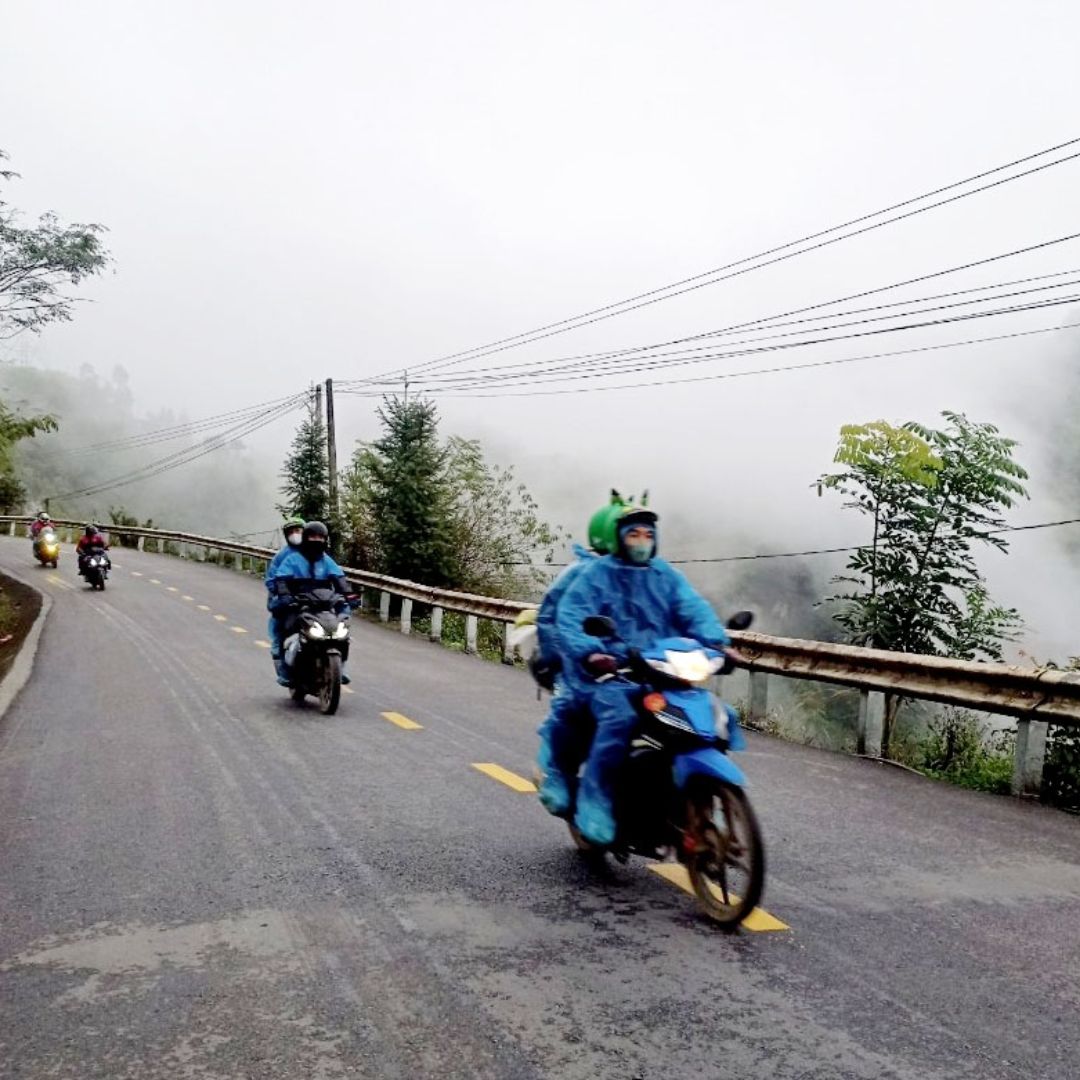
Another must-visit destination along the Ha Giang Loop is the Dong Van Karst Plateau Geopark, a UNESCO-recognized geological park that boasts dramatic rock formations, deep canyons, and traditional H’mong villages. Travelers can explore the ancient rock formations and visit local markets to experience the vibrant culture of the ethnic communities that call this region home. The Ma Pi Leng Pass is another iconic stop along the loop, offering some of the most spectacular views in Vietnam. This winding mountain road is not for the faint of heart, but the panoramic vistas of the Nho Que River winding through the valley below are well worth the adrenaline-inducing ride.
Experiencing local culture and cuisine
One of the most rewarding aspects of traveling the Ha Giang Loop is the opportunity to immerse oneself in the local culture and savor traditional cuisine. The region is home to several ethnic minority groups, including the H’mong, Tay, and Dao people, each with their own unique customs, traditions, and culinary specialties. Travelers can visit local villages along the loop to interact with residents, learn about their way of life, and even participate in traditional activities such as weaving, farming, or cooking.
The cuisine along the Ha Giang Loop is as diverse as its landscapes, with each ethnic group contributing their own flavors and ingredients to create delicious and distinctive dishes. From hearty stews and grilled meats to fresh herbs and vegetables grown in terraced fields, there is no shortage of mouthwatering options to sample along the route. Travelers can also visit local markets to taste regional specialties and purchase handmade crafts as souvenirs. Whether it’s sipping on locally brewed corn wine or enjoying a home-cooked meal with a local family, experiencing the rich culture and cuisine of the Ha Giang Loop is an essential part of the journey.
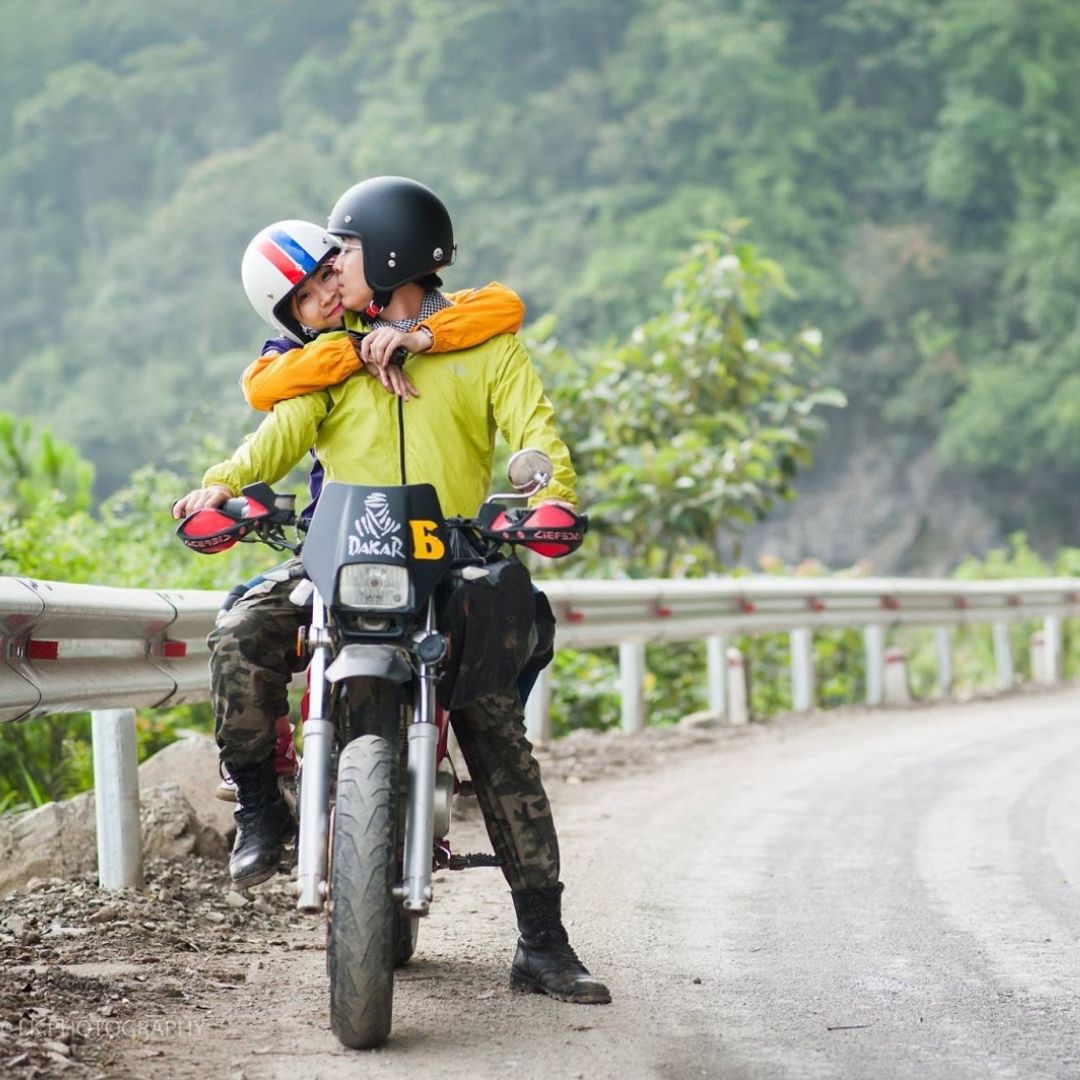
Tips for a safe and enjoyable adventure
The Ha Giang Loop is known for its challenging terrain, including narrow, winding roads, steep inclines, and unpredictable weather conditions. Without proper driving experience and a valid license, navigating these roads can be extremely dangerous.
- Lack of Experience: The loop’s demanding conditions require skill and experience. Inexperienced drivers are more likely to make mistakes that could lead to accidents.
- Emergency Situations: Without a license, you may not be adequately prepared to handle emergency situations, such as sudden weather changes, road obstructions, or vehicle breakdowns.
Traveling the Ha Giang Loop can be an exhilarating and unforgettable experience, but it’s important to take certain precautions to ensure a safe and enjoyable journey. First and foremost, it’s essential to have a reliable motorbike that is well-suited for the challenging terrain and weather conditions along the route. It’s also crucial to wear appropriate safety gear, including helmets, protective clothing, and sturdy footwear. Additionally, travelers should be prepared for changing weather patterns, as the region can experience sudden rain showers and temperature fluctuations.
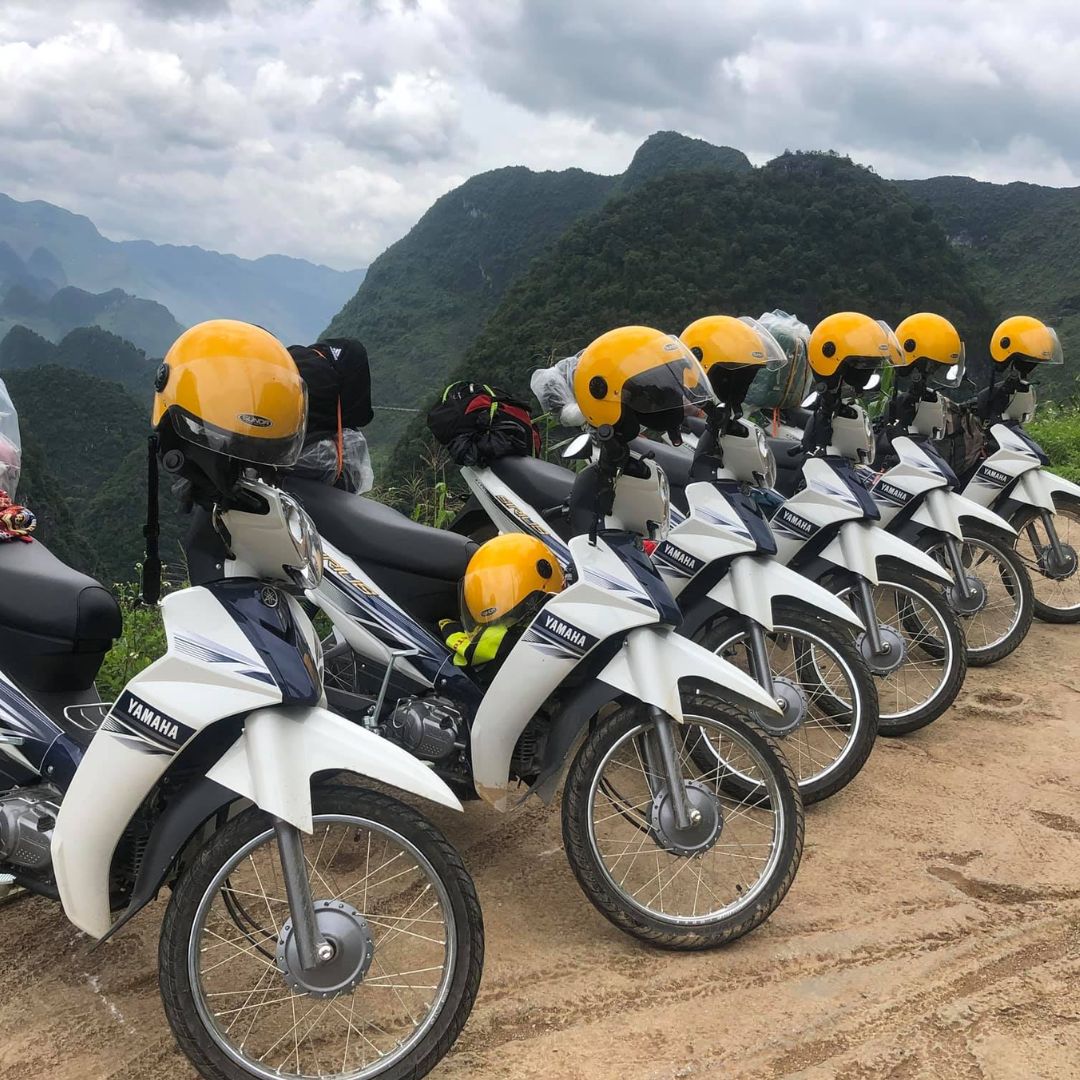
It’s also advisable to carry basic tools and spare parts for the motorbike, as well as a first-aid kit in case of emergencies. Travelers should also be mindful of their physical limitations and take regular breaks to rest and hydrate during long rides. It’s important to plan ahead and have a good understanding of the route, including potential fuel stops, accommodations, and dining options along the way. Lastly, it’s crucial to respect local customs and traditions, especially when visiting ethnic minority villages, by seeking permission before taking photos and being mindful of cultural sensitivities.
Read More: Is the Ha Giang Loop Worth It?
Responsible travel in Ha Giang Loop
As with any travel destination, responsible tourism practices are essential for preserving the natural environment and supporting local communities along the Ha Giang Loop. Travelers should strive to minimize their impact on the environment by disposing of waste properly and avoiding single-use plastics whenever possible. It’s also important to respect wildlife and natural habitats by refraining from disturbing or feeding animals in their natural environment.
Supporting local businesses and artisans is another crucial aspect of responsible travel in the Ha Giang Loop. Travelers can contribute to the local economy by purchasing handmade crafts, staying in locally-owned accommodations, and dining at family-run restaurants. Additionally, engaging with local communities in a respectful and meaningful way can help foster cultural exchange and mutual understanding. By being mindful of their actions and choices while traveling through this remote region, visitors can help ensure that the Ha Giang Loop remains a sustainable and vibrant destination for future generations to enjoy.
Alternatives for Exploring the Ha Giang Loop

If you don’t have a driving license, there are still several ways to experience the beauty of the Ha Giang Loop:
- Hire a Local Guide: One of the safest and most informative options is to hire a local guide or driver. Local guides are familiar with the terrain and can provide insights into the region’s culture and history.
- Join a Group Tour: Many tour operators offer guided group tours of the Ha Giang Loop. These tours often include transportation, accommodations, and a guide, allowing you to enjoy the journey without the stress of driving.
- Motorbike Rentals with Drivers: Some motorbike rental shops offer rentals with a driver. This way, you can still experience the thrill of riding through the loop without the responsibility of driving.
- Public Transportation: While less flexible, using public transportation can be a viable option for parts of the loop. Buses and shared vans can take you to some of the key destinations.
The Ha Giang Loop offers travelers an unparalleled opportunity to explore some of Vietnam’s most stunning landscapes while immersing themselves in the rich culture and traditions of its ethnic minority communities. From breathtaking mountain vistas to vibrant local markets and traditional villages, this remote region provides an authentic and unforgettable travel experience for those willing to venture off the beaten path. With its rugged beauty, warm hospitality, and rich cultural heritage, the Ha Giang Loop is truly a must-visit destination for adventurous travelers seeking an off-the-beaten-path experience in Southeast Asia.

